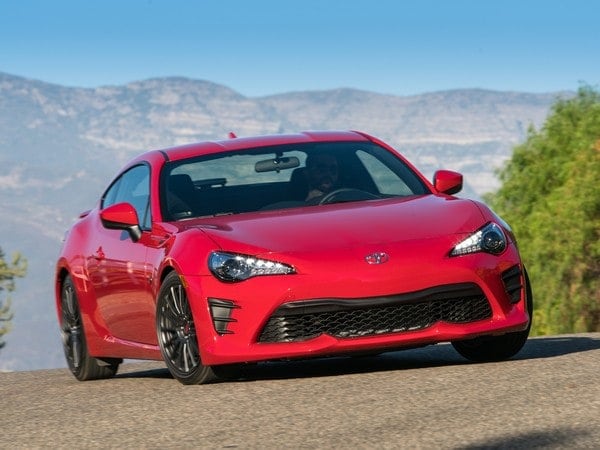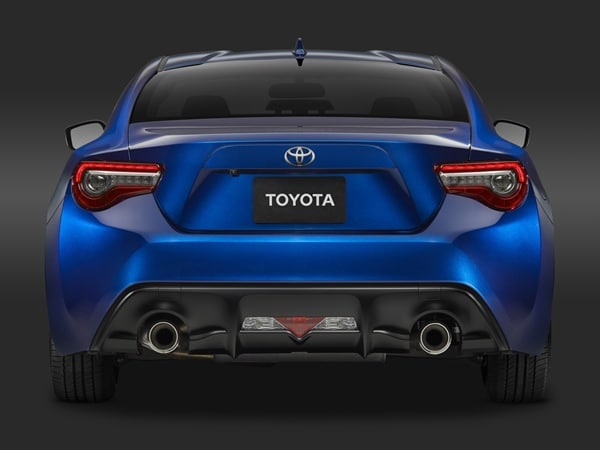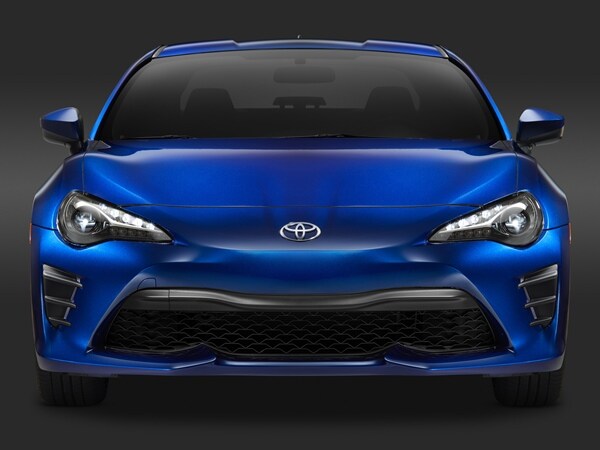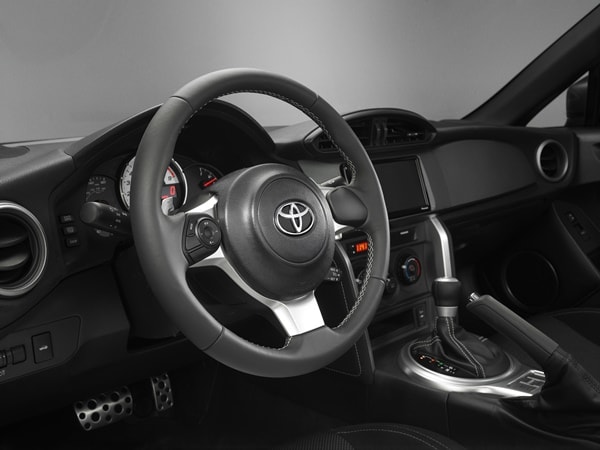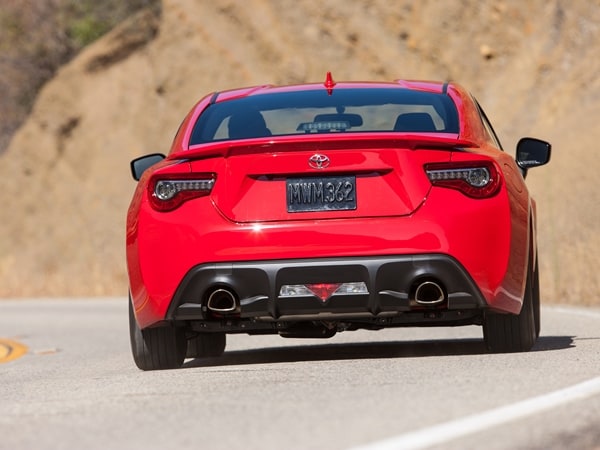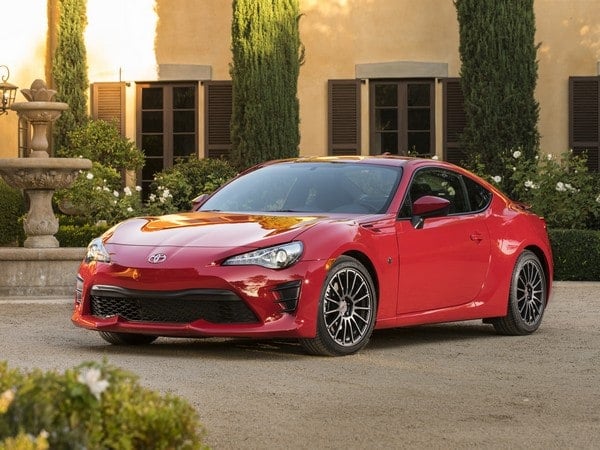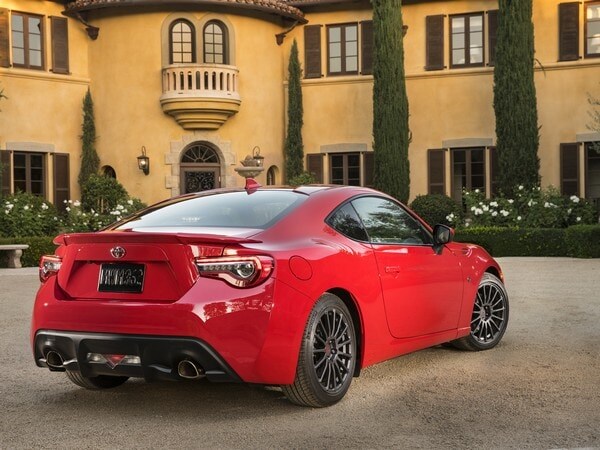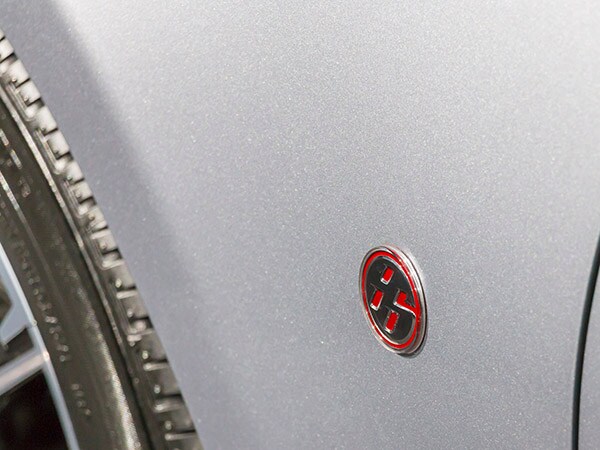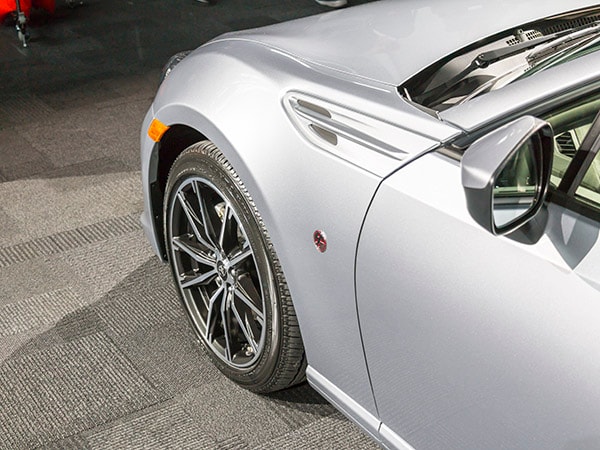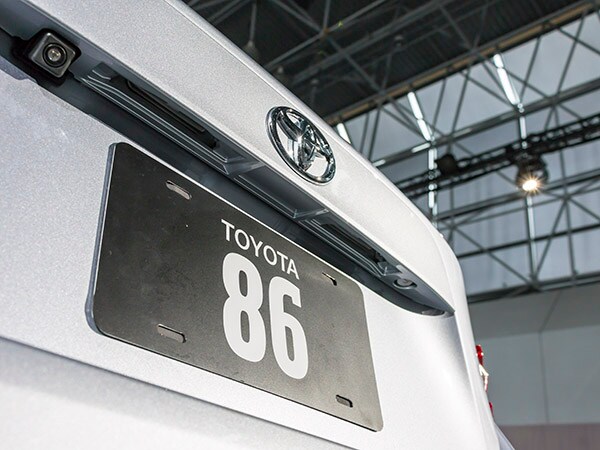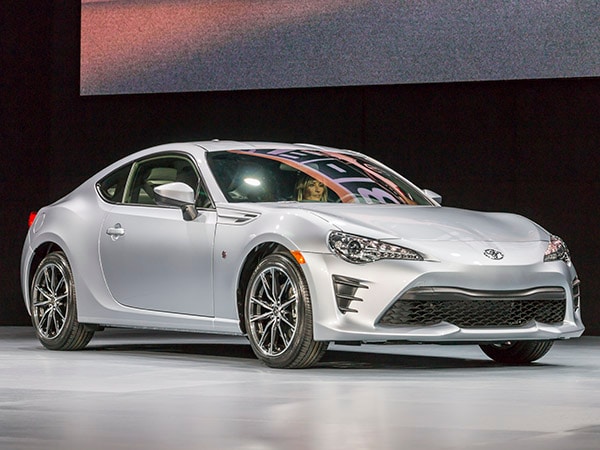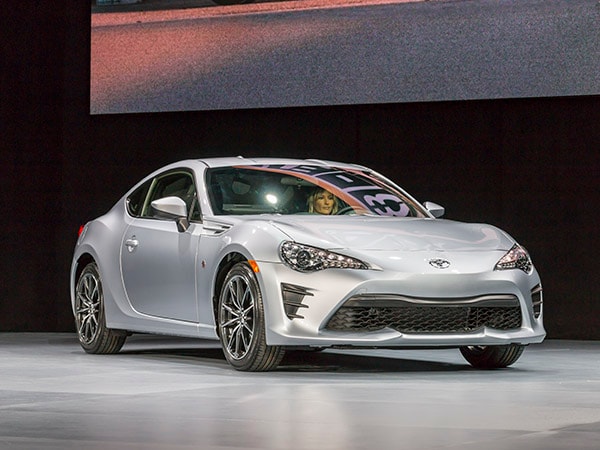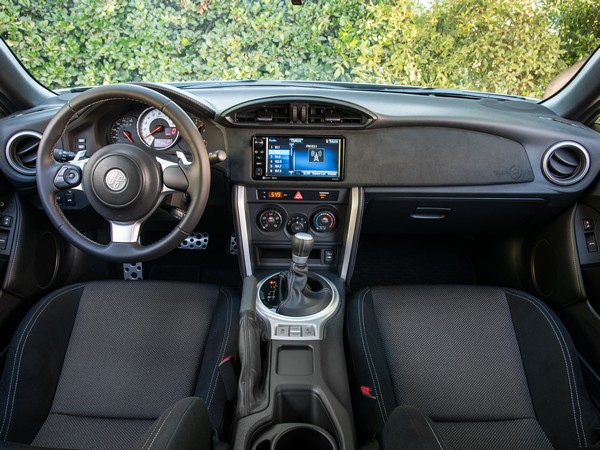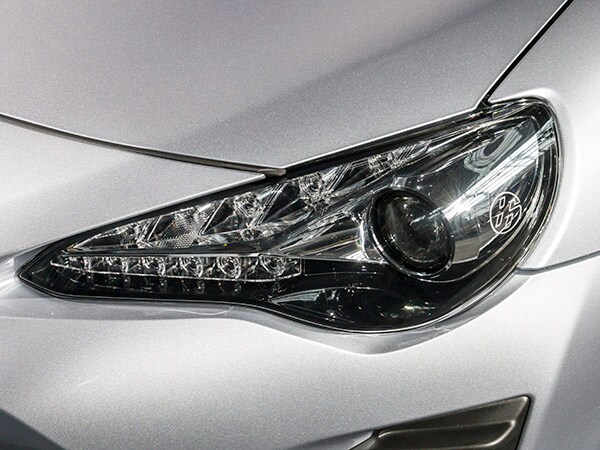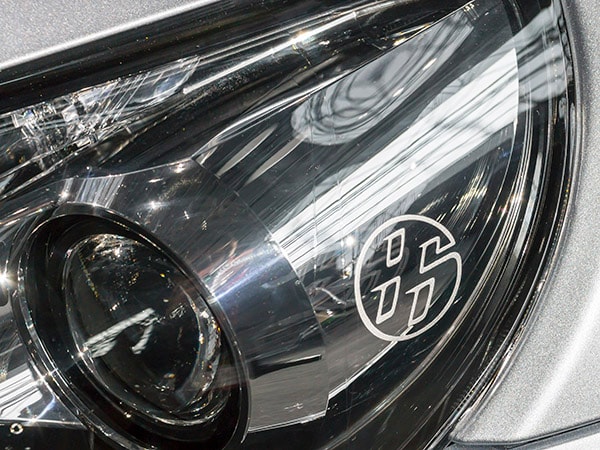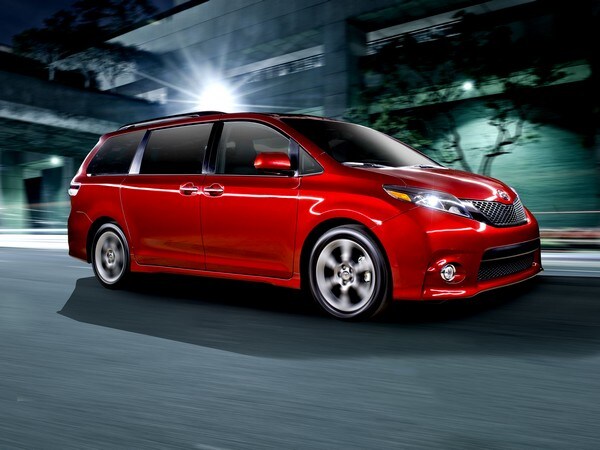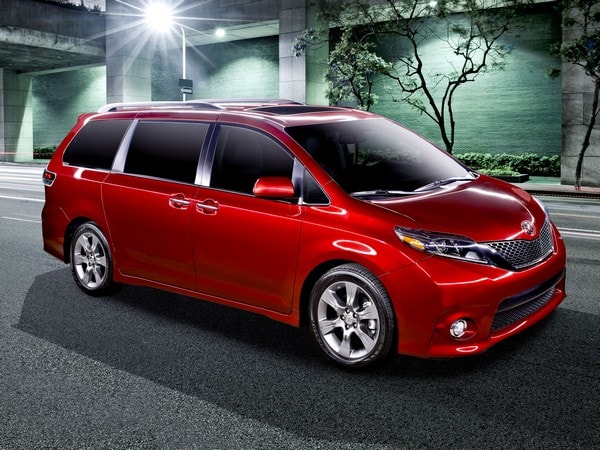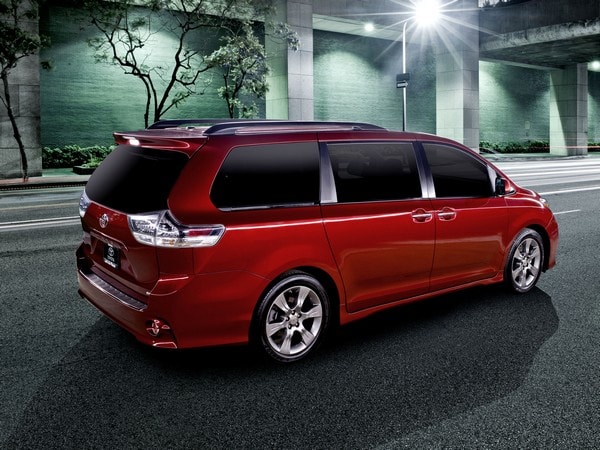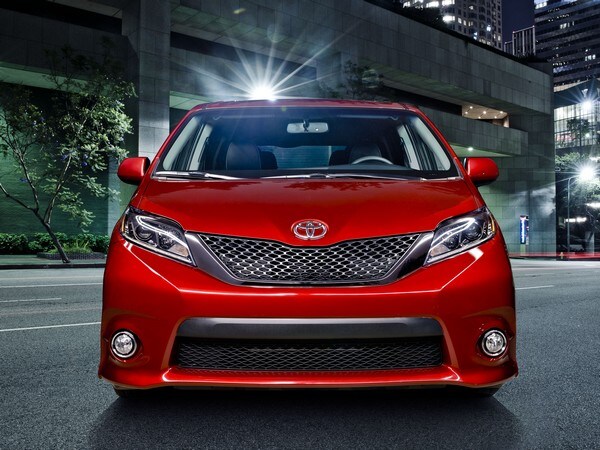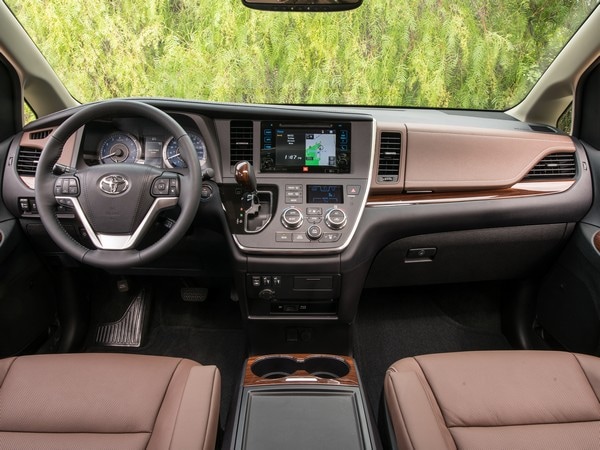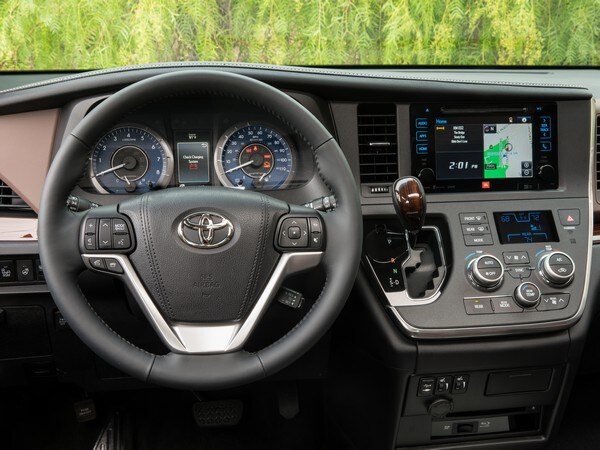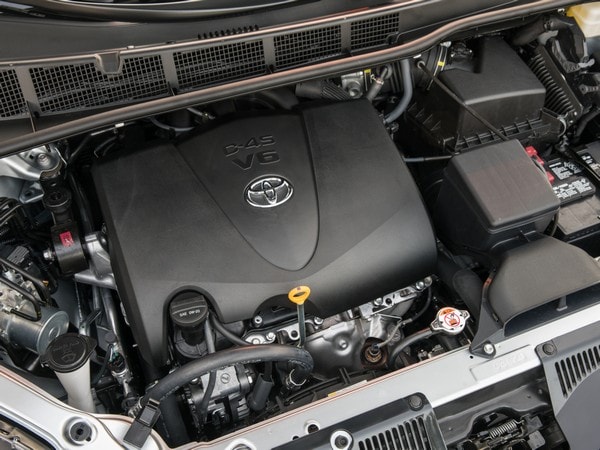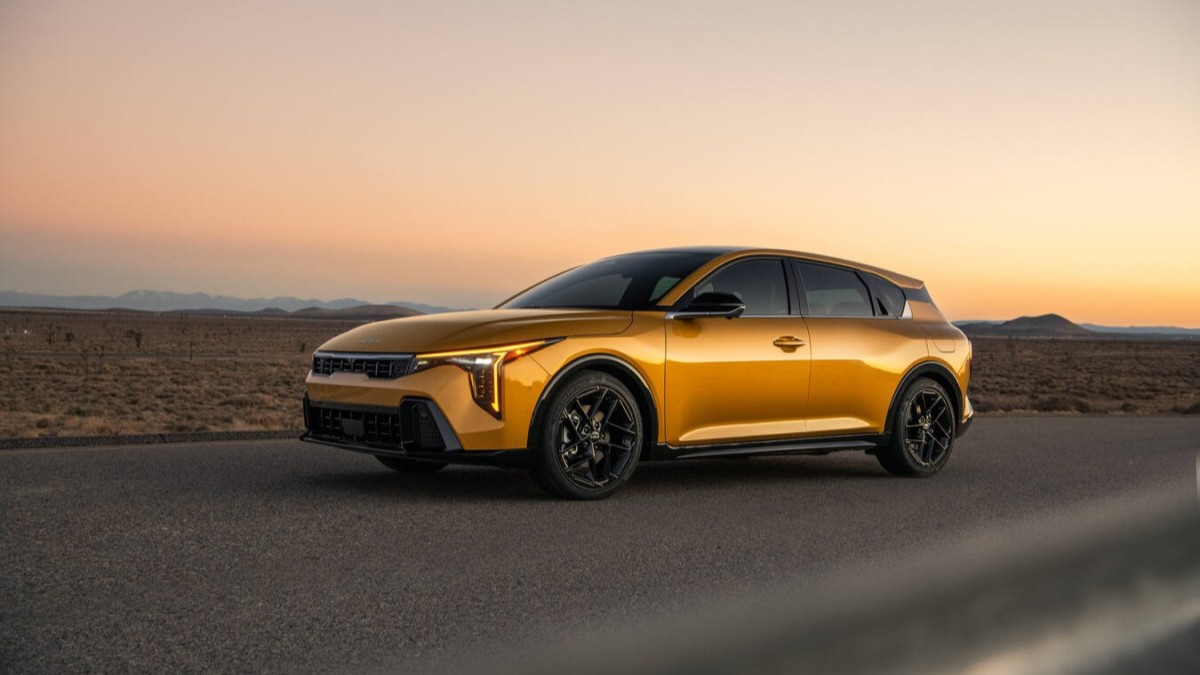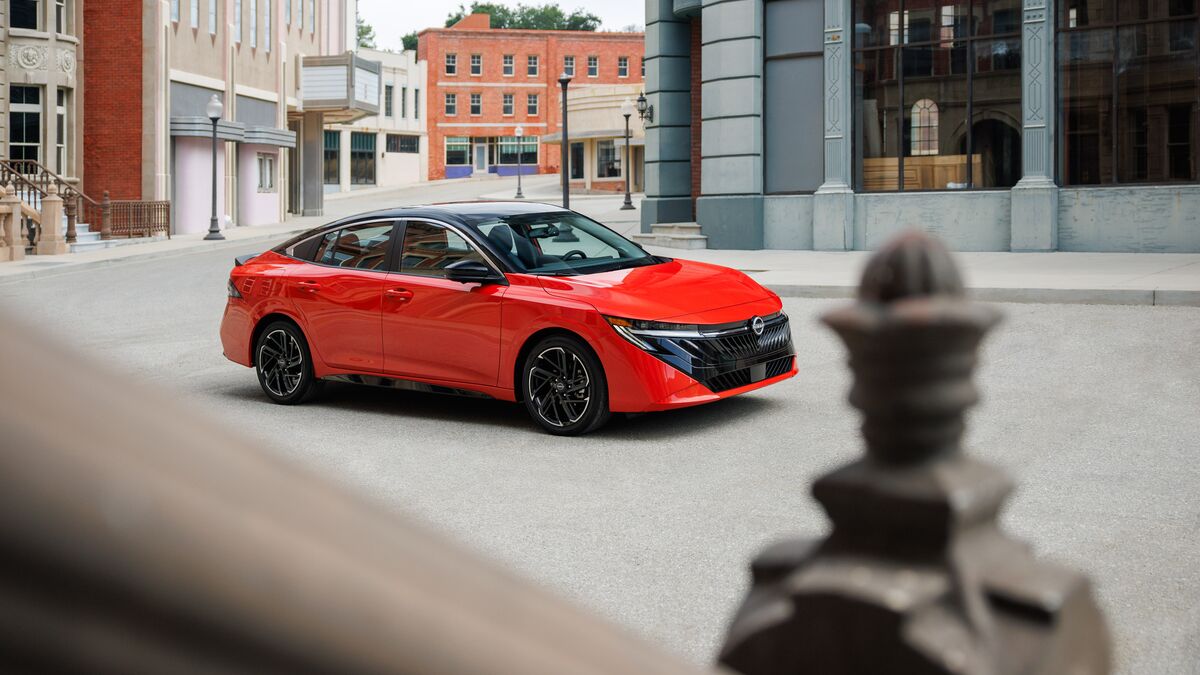Because everyone loves a good bit of cognitive dissonance, we’re tackling two updated vehicles that cater to entirely different markets. On one hand we have the 2017 Toyota 86 sports car — previously known as the Scion FR-S — with its revised exterior and interior styling, additional power, and a smidgen more refinement inside. On the opposite end is the 2017 Toyota Sienna minivan, which is largely the same as last year but for a new 3.5-liter V6 with 296 horsepower, connected to a new 8-speed automatic transmission.
2017 Toyota 86
The 86 is new for Toyota, driving enthusiasts have been enjoying it as the Scion FR-S since it was introduced for the 2012 model year. With Scion‘s demise, the car switches over to the Toyota brand; name "86" pays homage to the mid-80’s rear-wheel drive Toyota Corolla GT-S, known to its fans by its internal AE86 chassis designation, or "hachiroku."
Enough backstory. The Toyota 86 gets a new nose and tail, with a wider grille and LED headlights embossed with the new "86" logo you’ll find elsewhere on the car. Inside are new faux-suede padded inserts on the door panels and on the dash, plus a new steering wheel that’s ever so slightly smaller — 3 mm — but now features controls for the audio system. Red stitching on the dash and doors is also replaced with gray, and there’s a standard backup camera with the new 7-inch display audio system.
Not everything is cosmetic though. The engine in manual transmission models gets a 5-horsepower bump, and torque spreads over a broader area. Combined with the shorter rear axle ratio, it should give the Toyota 86 slightly better acceleration, but honestly we didn’t notice much of a seat-of-the-pants difference. One area Toyota didn’t change was noise management, and the little 2.0-liter flat-4 is still as raucous as ever; whether that’s a pro or con is way too personal a decision for us to call. There are also changes to the suspension, with different spring rates, new shocks, a stiffer rear anti-roll bar, and additional braces through the body designed to improve chassis dynamics on a car that was already pretty darn fun.
And it still is. Blasting up Highway 33 outside Ojai, California, the 2017 Toyota 86 still has plenty of thrust, plenty of grip, and is still one of the more rewarding to drive cars you can buy for less than $30,000. Yeah, it’s still noisy, and yeah, it’s not going to be ideal for a daily commute, and no, it’s still not super-mega-ultra-fast. But the Toyota 86 is up there with the Mazda Miata as a single-purpose machine built around maximizing the joy of driving. At a starting price of around $28,000, it’s also a steal.
2017 Toyota Sienna
With the recent introduction of the Chrysler Pacifica and Kia Sedona, and a new Honda Odyssey on the horizon, there’s a surprising amount of action in the minivan market. We’re expecting an all-new Toyota Sienna in the next year or so, but the company isn’t sitting still with its current model. Hot on the heels of an update last year that that improved the interior and driving dynamics, Toyota is blessing the Sienna this year with the same new engine and transmission as the 2017 Toyota Highlander.
The new V6 displaces the same 3.5 liters, but uses a new fuel injection system that combines the best parts of port and direct injection. For the non-engineers there, it offers the fuel economy and performance of a direct-injection engine, but with the cold-start and low-rev advantages of a port-injected one. Other updates to the engine help bump power to a best-in-class 296 horsepower, making the Sienna the most powerful minivan you can buy. Connected to the engine is a new 8-speed automatic transmission that sends power to the front wheels, or to all four wheels in some models.
We can’t say that the new drivetrain makes the Sienna into an 8-passenger hot rod. The 2017 Sienna briskly accelerates, and will chirp the front tires if you floor it from a dead stop, but the transmission is geared to improve fuel economy instead of acceleration. It succeeds, improving the front-wheel drive Sienna’s highway fuel economy to 27 mpg, a 2 mpg gain that makes it more competitive with the rest of the minivan field. As for handling, well, it is a minivan after all, so we’ll just say it "meets expectations" and leave it at that. Even as an SE, the Sienna is a passenger hauler, not a sports car, and we’re guessing Sienna drivers will be satisfied with the fuel economy savings.
If they want something sporty, well, there are 86 reasons to stay in the Toyota dealership.
